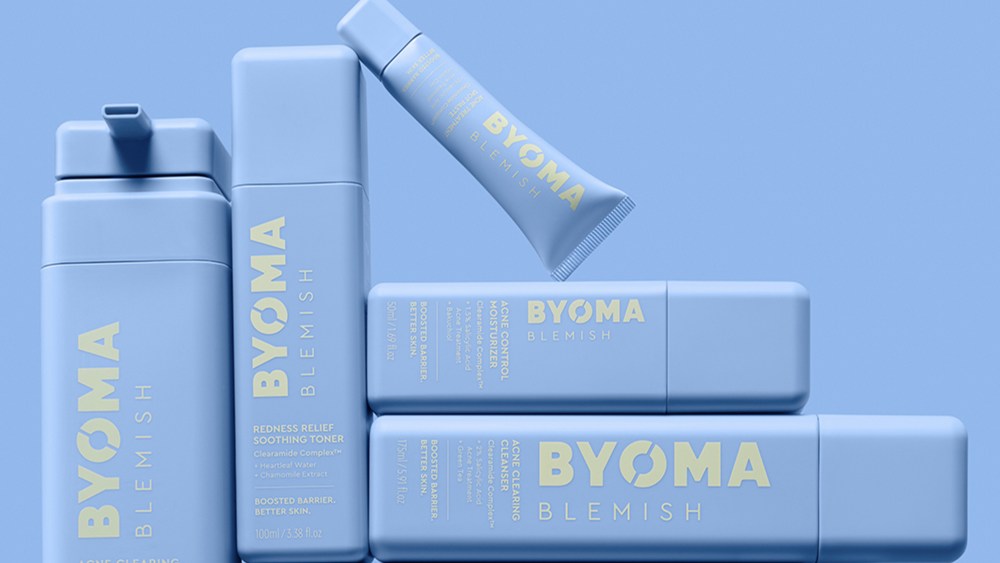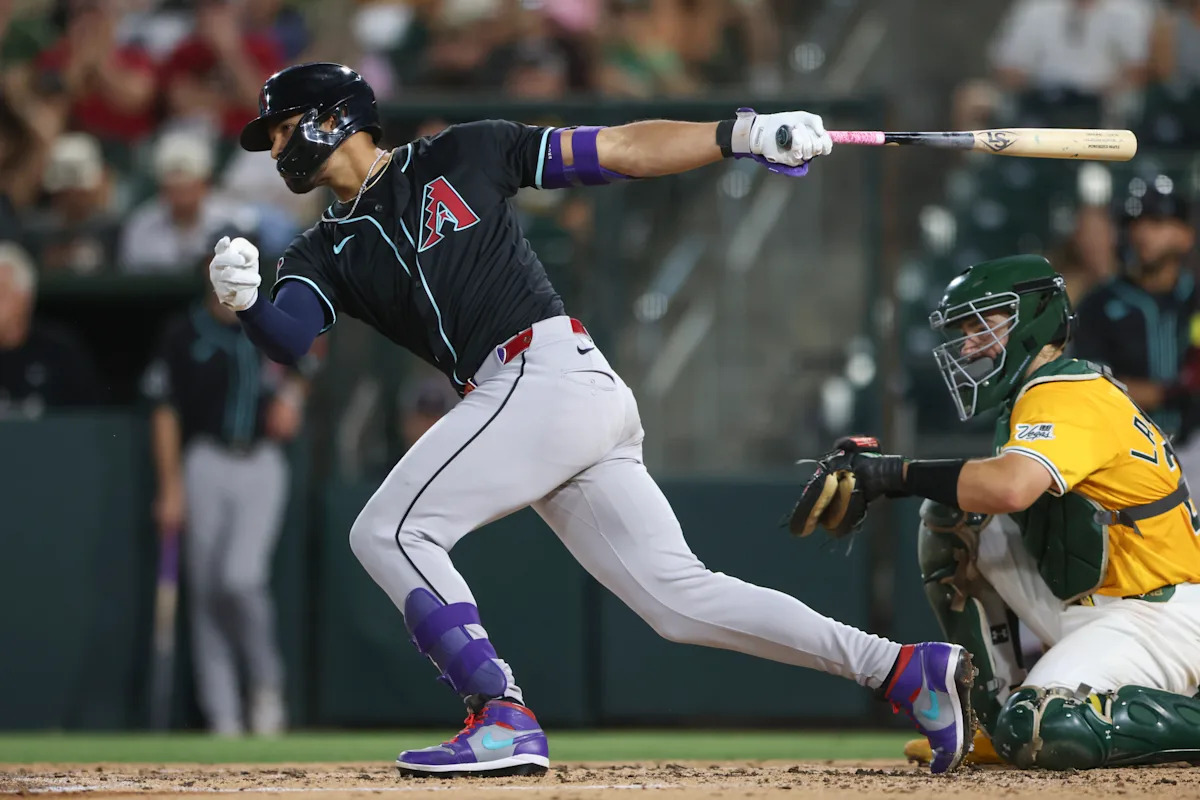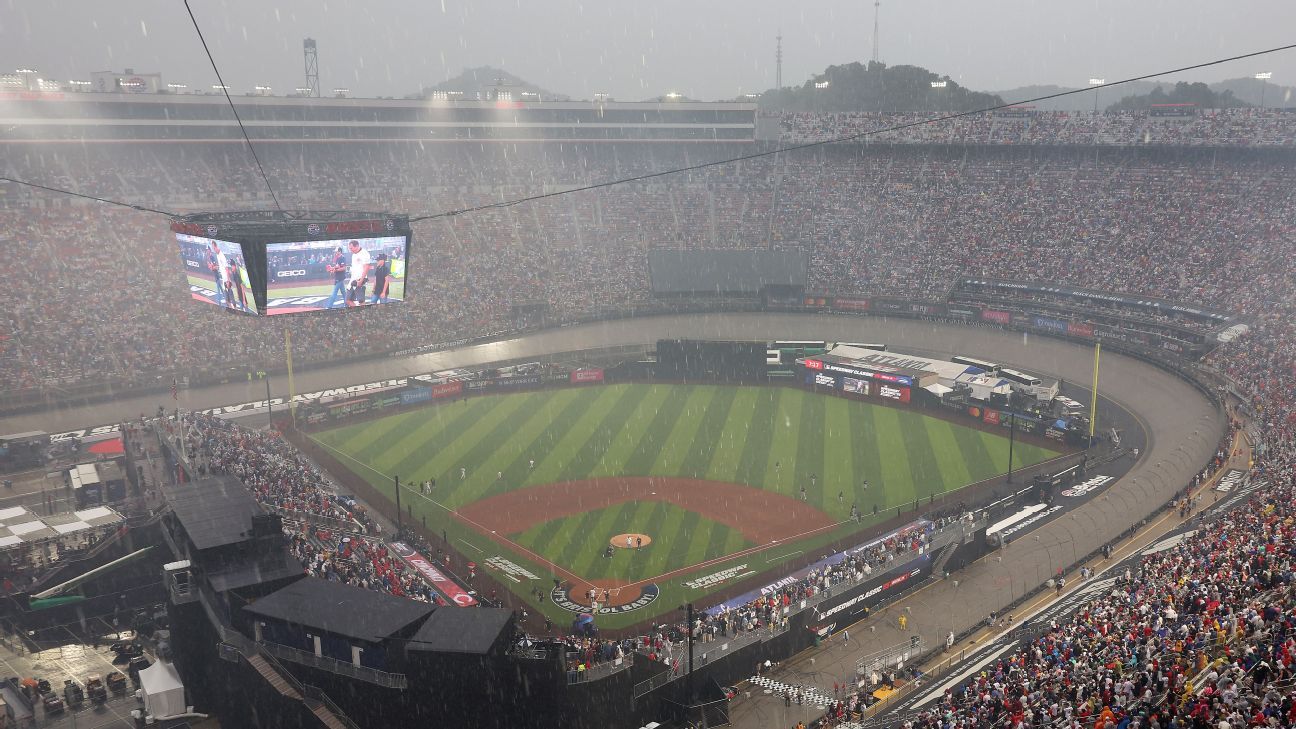
Is your fragrance extreme enough? Concentrated scents with language like “extrait” and “intense” are suddenly overtaking the market. “It makes me think about fashion now,” says Delphine Jelk, who won a Fragrance Foundation Award last year for her work with Guerlain. Right now, people will spend “more than $1,000 on a pair of sneakers or jacket” and style it with H&M or Zara, and “it’s a bit the same with perfume,” she says. The more concentrated the scent, or sillage (aka its ability to linger), the higher the price. “In a highly visual, increasingly standardized world, a powerful sillage is a way of standing out, a kind of olfactory signature, and an accessible luxury,” says Christine Nagel, creative director of Hermès Parfums. “And in more prosaic terms, it gives you the impression of getting your money’s worth because it stays on the skin for a long time.”
Sometimes, it can be explained in as straightforward a matter as concentration, like with Guerlain’s Shalimar perfume, for example. “It’s the same fragrance in extrait and eau de toilette, exactly like it was,” says Jelk of the first ambery perfume created a century ago. Guerlain’s L’Art & La Matière signature extracts she created a few years ago highlight the raw materials used within each fragrance, including rose, iris, bergamot, vanilla, jasmine, and tonka bean in scents with 30% extrait-level concentrations.
Since “intense” is a flexible term in the fragrance world, Mugler’s rule of thumb for strength states that “an eau de toilette is formulated with 7 to 12% perfume or perfume oil, an eau de parfum has 10 to 14%, and an eau de parfum Intense contains 14 to 25%.” Their new Alien ExtraIntense Eau de Parfum offers an “extra-amplified version” of the original Alien scent with “excessive florality” in “extra powerful solar flowers” topnotes and “jasmine grandiflorum superinfusion” heartnotes. Flowers actually inspired the lightest eau de colognes, which hover around 4 to 5% since debuting in the 16th century as a “healthy gesture” when bating was rare, Jelk explains, of alcohol and antiseptic ingredients like lavender and rosewater chosen to help ward off illness. Plus, it smelled good, so once perfumery became “more luxurious, more modern,” concentrations leveled up.
Still, “the quality of a fragrance cannot be judged by its strength,” Nagel insists. “When I decided to work on a more intense Terre d’Hermès, I went against this heavy-handed trend for higher concentrations by looking for strength in its signature rather than a powerful scent.” The new Terre d’Hermès Eau de Parfum Intense launched last month, and as Nagel created it, she asked the question: What fascinates me about the Earth? Her answer was volcanoes and “an earth under which a fire smolders. An earth that is darker, but warmer, more fiery, more intense, but I also wanted to explore a more intimate, more intense side of mankind, one that expresses the inner fire that drives him.” There are “mineral notes of intense lava stone” that are entirely new, since when playing with intensity, “it is not enough to simply add more and more high-potential raw materials,” she states.
#Whats #Intense #Perfume #Vogue







